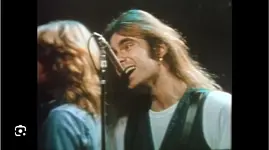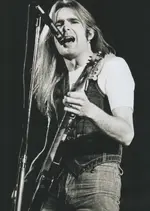G
gene12586
Member
I will ever so seldomly get some of the pop, but definitely have worried about the spitting factor before... So the gags sound like a good idea.One consequence of going in close is "popping" the explosive noises caused by your actual exhaled air. The SM58 is designed for close vocal work and it therefore somewhat 'pop protected'. The Beta 57 in more an 'instrument ' mic and might therefore pop rather badly. Investing in a decent foam 'gag' can help a lot and has two other advantages. You can use the foam as a distance measure, so long as your lips are just brushing it you will be 6-10mm off the actual capsule but even better, you will keep a consistent distance song to song. Last but maybe not least! The gag will capture spit and can be washed periodically.
Backing off 6 and certainly 12 inches from a dynamic means a pretty weak signal needing a lot of gain from a really low noise pre amp. May we know what you use? Then again, maybe you are very loud!
Re Karen Carpenter Rob. I never heard her live but I would say she was one of those very rare singers who had a very beautiful voice but with what seemed to me effortless but great power. So sad, I doubt we shall hear her like again.
Dave.
Not sure if this answers your question, but for practicing singing (which is what the question was asking about) I plug the mic into a Yamaha Stagepas 600i mixer (and the input is technically a preamp right?).



